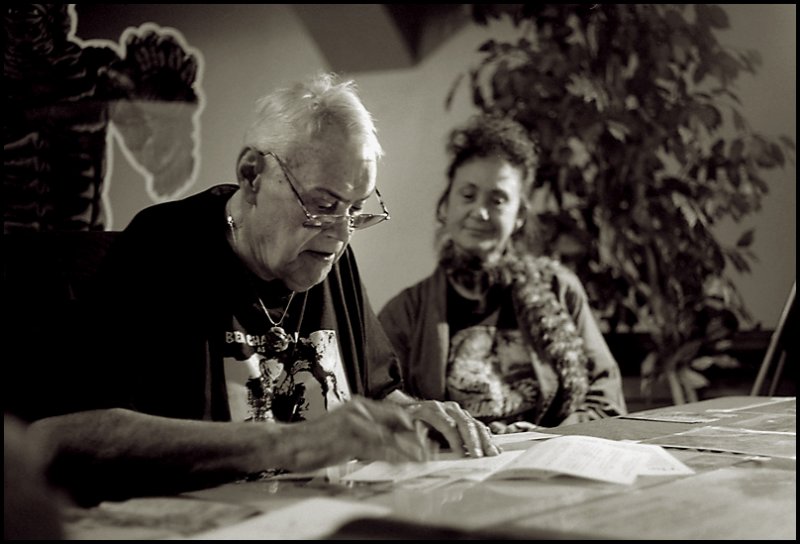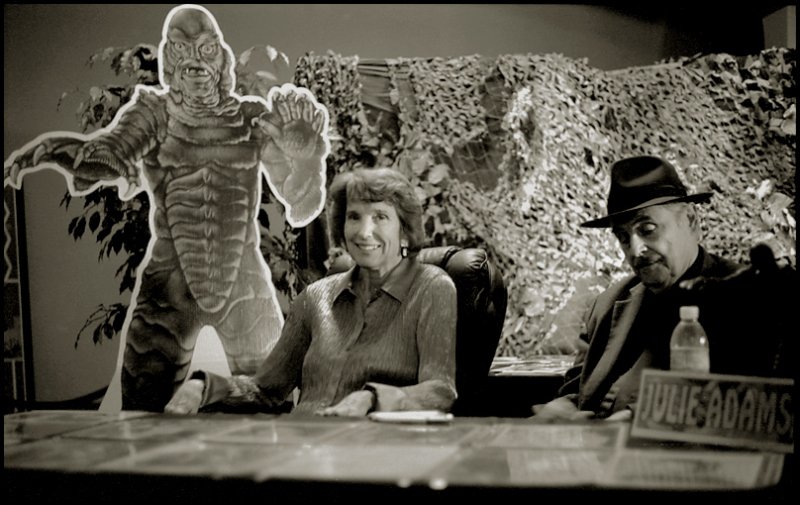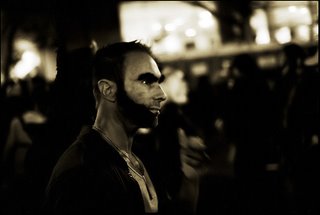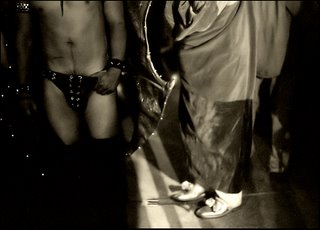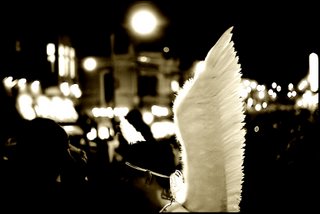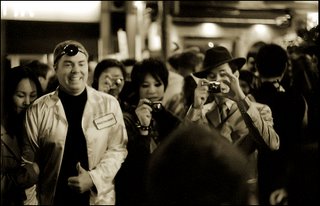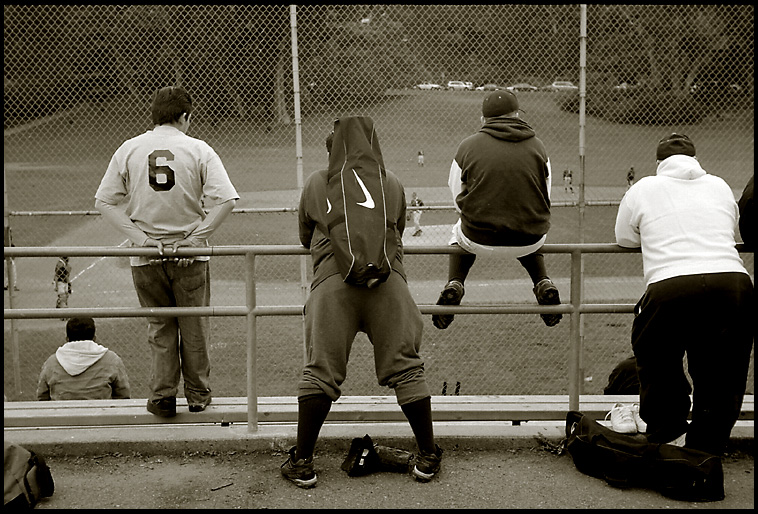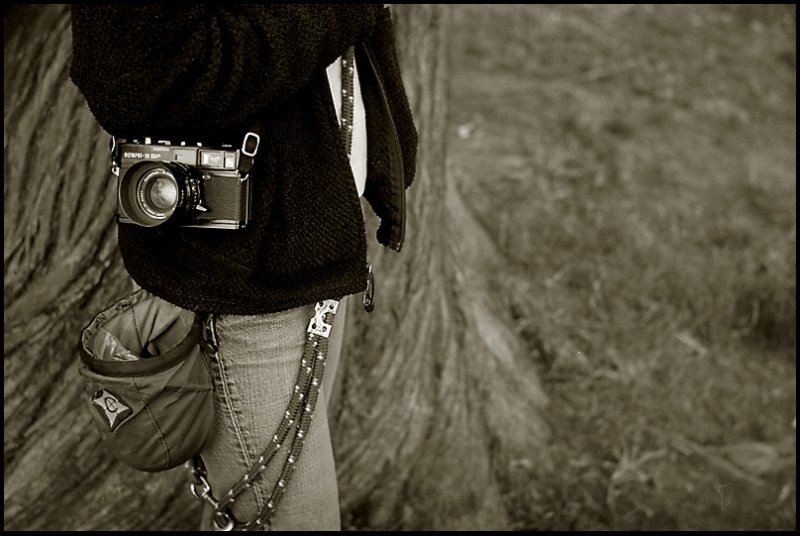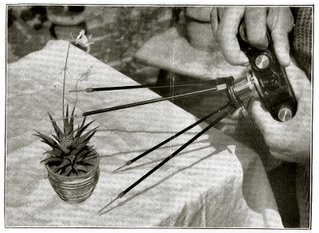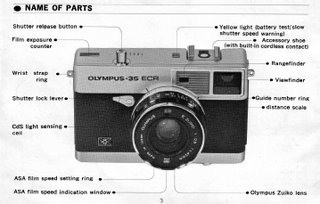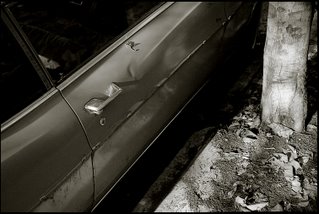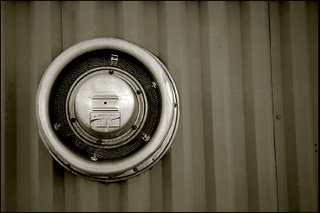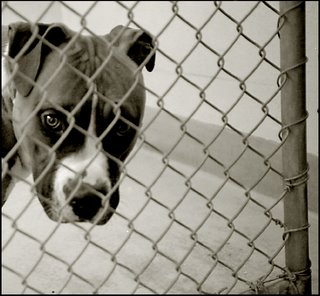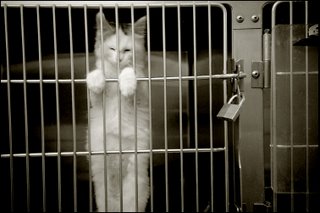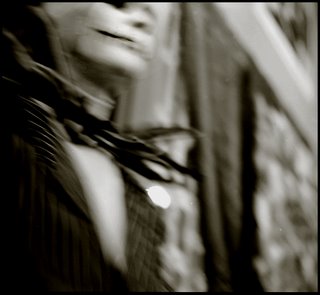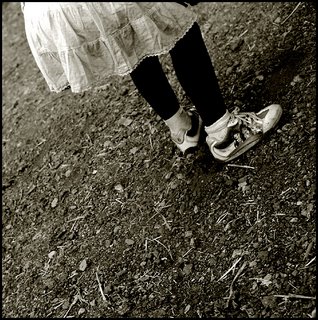Silverscreen Legends
A few months ago the Castro movie theatre in San Francisco featured all three of the 1950's Creature from the Black Lagoon movies - in true 3-D !!
After taking off the 3D glasses and clearing the head a bit (those plastic, coloured glasses makes you dizzy..) one could go upstairs and meet two of the original cast members: Julie Adams (the beauty) and Ben Chapman (the 'beast') - (a photo of both of them from the movie set: Beauty and the Beast).
The light was dim up on the second floor where autographs were being signed and various pieces of Lagoon-memorabilia were on display (and for sale). I wish I had brought some faster film but below are some snaps of the two actors - using a Leica M3 and Tri-X 400 (at about 1/15th).
After taking off the 3D glasses and clearing the head a bit (those plastic, coloured glasses makes you dizzy..) one could go upstairs and meet two of the original cast members: Julie Adams (the beauty) and Ben Chapman (the 'beast') - (a photo of both of them from the movie set: Beauty and the Beast).
The light was dim up on the second floor where autographs were being signed and various pieces of Lagoon-memorabilia were on display (and for sale). I wish I had brought some faster film but below are some snaps of the two actors - using a Leica M3 and Tri-X 400 (at about 1/15th).

